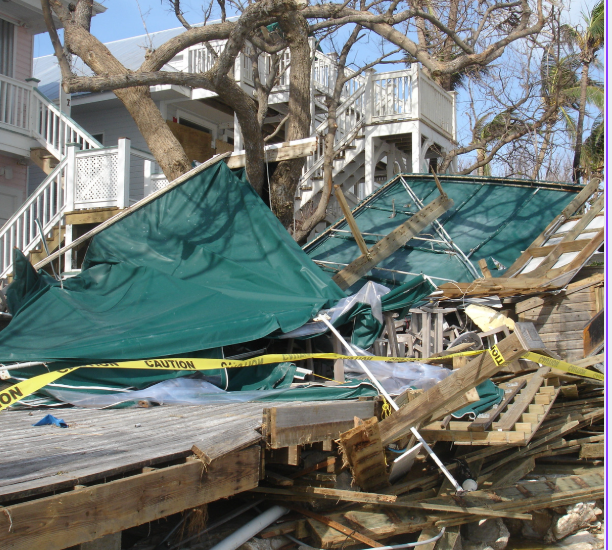Midwest and Northeast Grapple with Aftermath of Dual Winter Storms Elijah and Caleb
Overview of the Situation
In the aftermath of Winter Storm Elijah and Caleb, the Midwest and Northeast regions of the United States face significant challenges. The storms, which struck in quick succession, have severely disrupted daily life and created extensive recovery efforts that involve state and federal agencies. As communities work to recover, they are also assessing the broader implications of these storms, particularly concerning infrastructure and climate change. The scale of the damage and the depth of community response highlight a critical moment in the discussions around preparedness and resilience in the face of increasingly severe weather events.
Midwest Recovery Efforts
In the Midwest, particularly Ohio, recovery from Winter Storm Elijah has proven to be a monumental task. The governor of Ohio, Mike DeWine, has described the situation as an “ongoing challenge,” emphasizing the difficulty of restoration efforts given the harsh conditions. Heavy snowfall and ice accumulation not only created dangerous driving conditions but also resulted in widespread power outages. Emergency responders have been working around the clock to restore power and clear roads, yet freezing temperatures have complicated their efforts significantly. The forecast for additional snowfall in the coming days raises concerns about further disruptions that could impede progress.
Northeast Progress and Challenges
Meanwhile, the Northeast deals with the ramifications of Winter Storm Caleb, which has presented its own set of obstacles despite ongoing recovery efforts. Utility companies have worked diligently, managing to restore power to most urban centers; however, many rural communities, especially in upstate New York and New Hampshire, still find themselves without electricity. As emergency shelters begin to close due to improved conditions, officials remain cautious, warning that the region’s power grid is delicately positioned and may struggle to withstand future storms. This ongoing vulnerability highlights the need for infrastructure improvements in areas most affected by severe weather.
Federal Response
The federal government has stepped in to assist with recovery efforts. President Joe Biden announced an additional $1 billion in disaster relief funding, emphasizing the administration’s commitment to supporting all affected communities, regardless of size. During a recent televised address, Biden stated, “We’re ensuring that every community—large or small—gets the support they need to recover and rebuild.” This federal funding aims to bolster local and state recovery initiatives and help communities rebuild in a manner that enhances resilience against future storms.
Climate and Infrastructure Implications
The occurrence of these two significant winter storms raises important questions about the consequences of climate change and infrastructure preparedness. Climate experts have pointed to the storms as indicators of shifting weather patterns, which have been increasing the frequency and severity of extreme winter events. Advocacy groups are calling for a robust response, including substantial investments in resilient infrastructure and comprehensive strategies aimed at climate adaptation. Initiatives in both areas could mitigate the impacts of similar disasters in the future, fostering a safer environment for residents across the Midwest and Northeast.
Looking Ahead
As recovery efforts continue in both the Midwest and Northeast following the dual storms, residents and officials are urged to remain vigilant and proactive. The aftermath of these storms has underscored the urgent need for communities to develop a disaster preparedness framework that accounts for the realities of climate change. With forecasts indicating potential for more severe weather in the coming weeks, it is crucial that all stakeholders—from local governments to individuals—understand the importance of readiness and response planning to enhance their resilience to future weather events.
Conclusion
The aftermath of Winter Storms Elijah and Caleb presents a clear call to action for communities in the Midwest and Northeast. As recovery efforts unfold, the focus must shift towards building a more resilient infrastructure and embracing strategies that keep communities safe in the face of changing climate patterns. Both state and federal responses will be critical in ensuring that the necessary resources and support systems are in place. By recognizing the implications of these storms, residents and leaders can lay the groundwork for enhanced preparedness and effective management of future crises.
FAQs
What were the major impacts of Winter Storm Elijah in the Midwest?
Winter Storm Elijah brought heavy snowfall and ice accumulation, leading to widespread power outages, road closures, and significant disruptions to daily life in the Midwest, particularly in Ohio.
How is the Northeast working to recover from Winter Storm Caleb?
Recovery efforts in the Northeast have included power restoration efforts, with utility crews successfully restoring electricity to urban areas, although many rural communities still face challenges. Emergency shelters are being closed as conditions improve.
What support is the federal government providing for recovery efforts?
President Joe Biden has announced an additional $1 billion in disaster relief funding to support recovery and rebuilding initiatives in affected communities.
What steps are being recommended to improve disaster preparedness?
Experts recommend investing in resilient infrastructure and developing comprehensive climate adaptation strategies to better prepare for and respond to extreme weather events.
Are more severe weather events expected in the near future?
Yes, forecasts suggest the potential for more severe weather in the following weeks, indicating an ongoing need for preparedness and response strategies in both regions.

